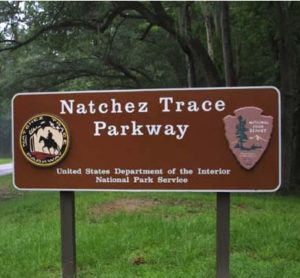Transportation was an important part of the business and Agriculture story. South Port, located on the south side of the Tennessee River at the foot of the Muscle Shoals and became the location for loading goods on rafts and flatboats for sending goods down river. South Port later became known as South Florence and the location of one of the earliest postal offices in the region. Railroads and roads such as the Byler Road, Natchez Trace, Gaines Trace formed a network of options.

Consideration of the Tennessee River as a means to transport goods and services was attempted by Captain Richard Rapier, often referred to as the “Merchant Prince”. As early as 1807 Rapier was hauling goods by wagon to barges bound for New Orleans and returning with loads of goods and staples for the citizens.
Transportation was a consideration for business and industry leaders as a way to move goods and services. The Muscle Shoals geography in low-season presented a wild and dangerous challenge. Early efforts to overcome the challenges the idea of a series of canals was conceived and constructed. The first canal, the Tennessee Canal was built in the 1830s but was not successful. Steamboating below the rapids moved people and goods to connecting rivers and ports.

The Shoals and the Tennessee River

Cotton Steamboat
In order to support the growing economy planters were interested in building railroads and in 1849 almost two dozen delegates from Lauderdale County were selected to attend a meeting in Memphis to discuss the building if a transcontinental railroad in the southern states.


